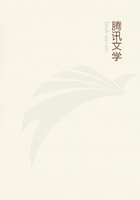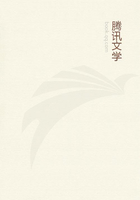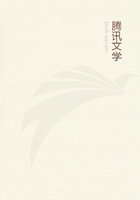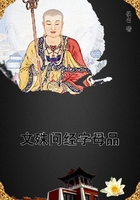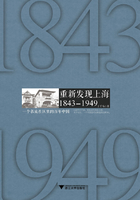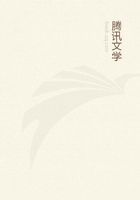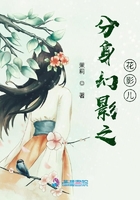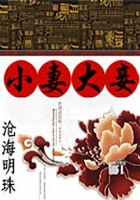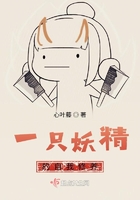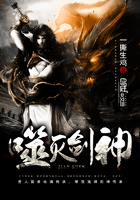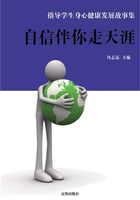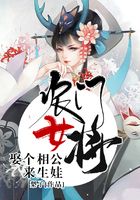Shortland, "Maori Religion and Mythology" (London, 1882), pages 21 sq.) Avery generally received tradition in Tahiti was that the first human pair was made by Taaroa, the chief god. They say that after he had formed the world he created man out of red earth, which was also the food of mankind until bread-fruit was produced. Further, some say that one day Taaroa called for the man by name, and when he came he made him fall asleep. As he slept, the creator took out one of his bones (ivi) and made a woman of it, whom he gave to the man to be his wife, and the pair became the progenitors of mankind. This narrative was taken down from the lips of the natives in the early years of the mission to Tahiti. The missionary who records it observes: "This always appeared to me a mere recital of the Mosaic account of creation, which they had heard from some European, and Inever placed any reliance on it, although they have repeatedly told me it was a tradition among them before any foreigner arrived. Some have also stated that the woman's name was Ivi, which would be by them pronounced as if written "Eve". "Ivi" is an aboriginal word, and not only signifies a bone, but also a widow, and a victim slain in war. Notwithstanding the assertion of the natives, I am disposed to think that "Ivi", or Eve, is the only aboriginal part of the story, as far as it respects the mother of the human race. (W. Ellis, "Polynesian Researches", Second Edition (London, 1832), I. 110 sq. "Ivi" or "iwi" is the regular word for "bone" in the various Polynesian languages. See E. Tregear, "The Maori-Polynesian Comparative Dictionary" (Wellington, New Zealand, 1891), page 109.)However, the same tradition has been recorded in other parts of Polynesia besides Tahiti. Thus the natives of Fakaofo or Bowditch Island say that the first man was produced out of a stone. After a time he bethought him of making a woman. So he gathered earth and moulded the figure of a woman out of it, and having done so he took a rib out of his left side and thrust it into the earthen figure, which thereupon started up a live woman. He called her Ivi (Eevee) or "rib" and took her to wife, and the whole human race sprang from this pair. (G. Turner, "Samoa" (London, 1884), pages 267sq.) The Maoris also are reported to believe that the first woman was made out of the first man's ribs. (J.L. Nicholas, "Narrative of a Voyage to New Zealand" (London, 1817), I. 59, who writes "and to add still more to this strange coincidence, the general term for bone is 'Hevee'.") This wide diffusion of the story in Polynesia raises a doubt whether it is merely, as Ellis thought, a repetition of the Biblical narrative learned from Europeans. In Nui, or Netherland Island, it was the god Aulialia who made earthen models of a man and woman, raised them up, and made them live. He called the man Tepapa and the woman Tetata. (G. Turner, "Samoa", pages 300sq.)
In the Pelew Islands they say that a brother and sister made men out of clay kneaded with the blood of various animals, and that the characters of these first men and of their descendants were determined by the characters of the animals whose blood had been kneaded with the primordial clay; for instance, men who have rat's blood in them are thieves, men who have serpent's blood in them are sneaks, and men who have cock's blood in them are brave. (J. Kubary, "Die Religion der Pelauer", in A. Bastian's "Allerlei aus Volks- und Menschenkunde" (Berlin, 1888), I. 3, 56.)According to a Melanesian legend, told in Mota, one of the Banks Islands, the hero Qat moulded men of clay, the red clay from the marshy river-side at Vanua Lava. At first he made men and pigs just alike, but his brothers remonstrated with him, so he beat down the pigs to go on all fours and made men walk upright. Qat fashioned the first woman out of supple twigs, and when she smiled he knew she was a living woman. (R.H. Codrington, "The Melanesians" (Oxford, 1891), page 158.) A somewhat different version of the Melanesian story is told at Lakona, in Santa Maria. There they say that Qat and another spirit ("vui") called Marawa both made men. Qat made them out of the wood of dracaena-trees. Six days he worked at them, carving their limbs and fitting them together. Then he allowed them six days to come to life. Three days he hid them away, and three days more he worked to make them live. He set them up and danced to them and beat his drum, and little by little they stirred, till at last they could stand all by themselves. Then Qat divided them into pairs and called each pair husband and wife. Marawa also made men out of a tree, but it was a different tree, the tavisoviso. He likewise worked at them six days, beat his drum, and made them live, just as Qat did. But when he saw them move, he dug a pit and buried them in it for six days, and then, when he scraped away the earth to see what they were doing, he found them all rotten and stinking. That was the origin of death. (R.H. Codrington op. cit., pages 157 sq.)The inhabitants of Noo-Hoo-roa, in the Kei Islands say that their ancestors were fashioned out of clay by the supreme god, Dooadlera, who breathed life into the clay figures. (C.M. Pleyte, "Ethnographische Beschrijving der Kei-Eilanden", "Tijdschrift van het Nederlandsch Aardrijkskundig Genootschap", Tweede Serie X. (1893), page 564.) The aborigines of Minahassa, in the north of Celebes, say that two beings called Wailan Wangko and Wangi were alone on an island, on which grew a cocoa-nut tree.

